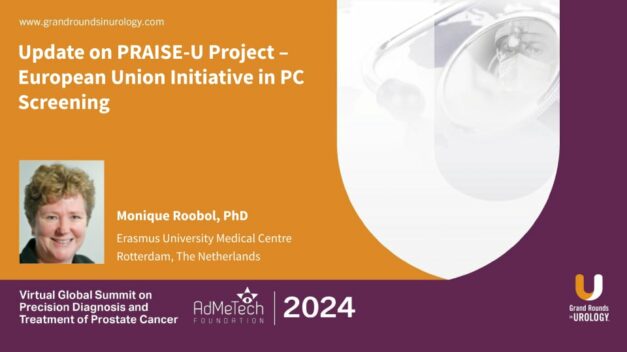Genomics and Natural History of MRI Invisible vs Visible Cancers – Implications for Clinical Practice
Laurence Klotz, MD, FRCSC, explores the genomics and natural history of MRI-visible versus invisible prostate cancers and their clinical implications.
In this 12-minute presentation, he highlights that while MRI is transformative in identifying significant prostate cancer, it misses about 15% of “invisible cancers.” Recent research reveals that the invisibility of these tumors correlates with favorable genomic profiles, including fewer genetic aberrations and reduced aggressivity.
Dr. Klotz presents compelling evidence linking visible tumors to adverse molecular features and worse clinical outcomes, whereas invisible cancers are largely indolent. He underscores the potential of radiogenomics in guiding treatment decisions, advocating for management strategies based on imaging rather than solely histology.
Dr. Klotz considers avoiding unnecessary systematic biopsies in favor of targeted MRI approaches can minimize patient anxiety and reduce overdiagnosis of insignificant cancers. However, challenges remain in addressing gray areas, such as PI-RADS 3 lesions and visible but low-grade cancers, which may require more nuanced management.
Read More




